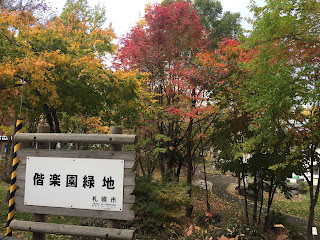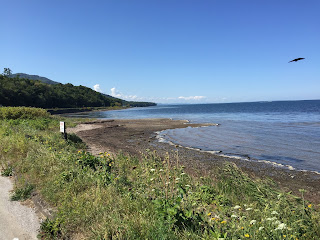10月中旬到下旬在札幌市內的中心地區和住宅區迎來了可以欣賞到紅葉的時期。主要可以看到樹葉的顏色會變成紅色的楓葉,以及樹葉會變成黃色的銀杏等。受日光的照射後很常看成橘色或金黃色。即使是行道樹或是住宅區的小公園也可以欣賞到紅葉。晴天時受到日光照射會感到暖和,但陰天或下雨天時會感到寒冷。
From the middle to the end of October is the ideal time to see colored leaves on the trees in Sapporo, both in downtown and in residential areas. The typical trees are the maple whose leaves turn to red, and the ginkgo tree, whose leaves turn to yellow. Sunlight works its magic, and the leaves take on a vermilion or golden hue. On a sunny day, if you are not in the shade, you will feel warm but if the weather is cloudy or rainy, you may feel chilly or cold. As such, when visiting, preparation of appropriate clothing is advised.
































































